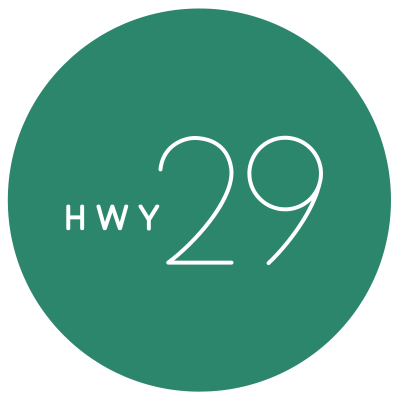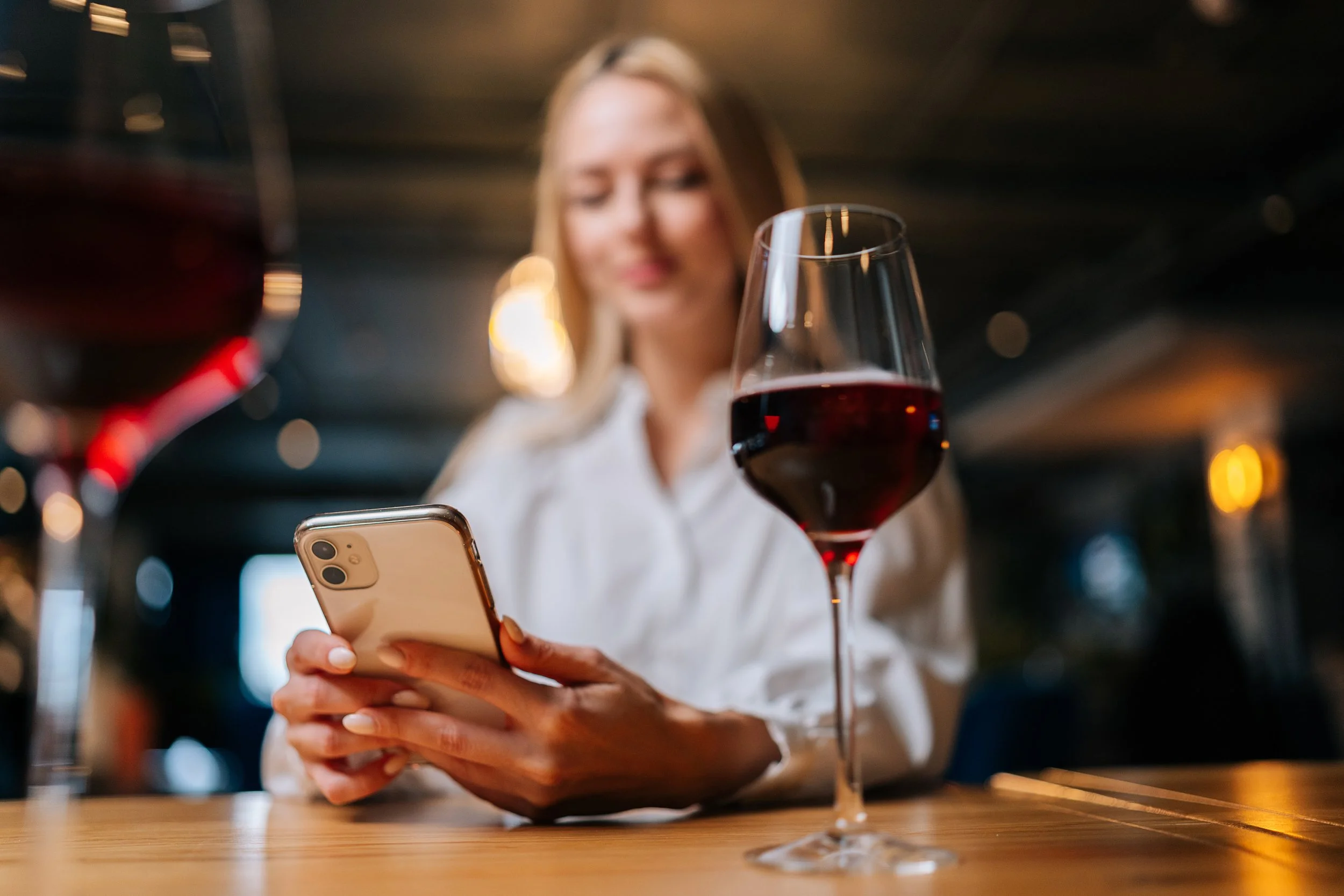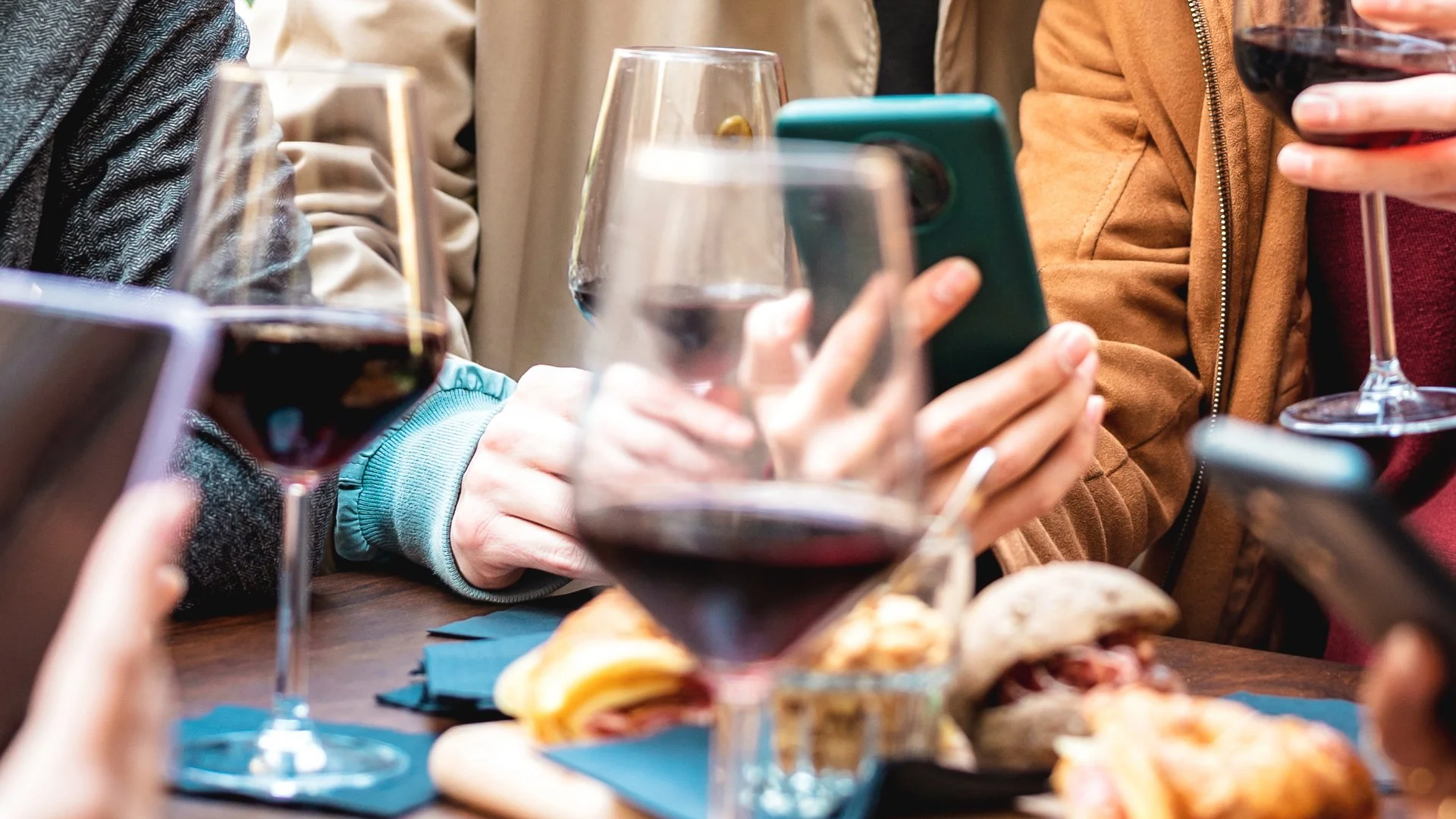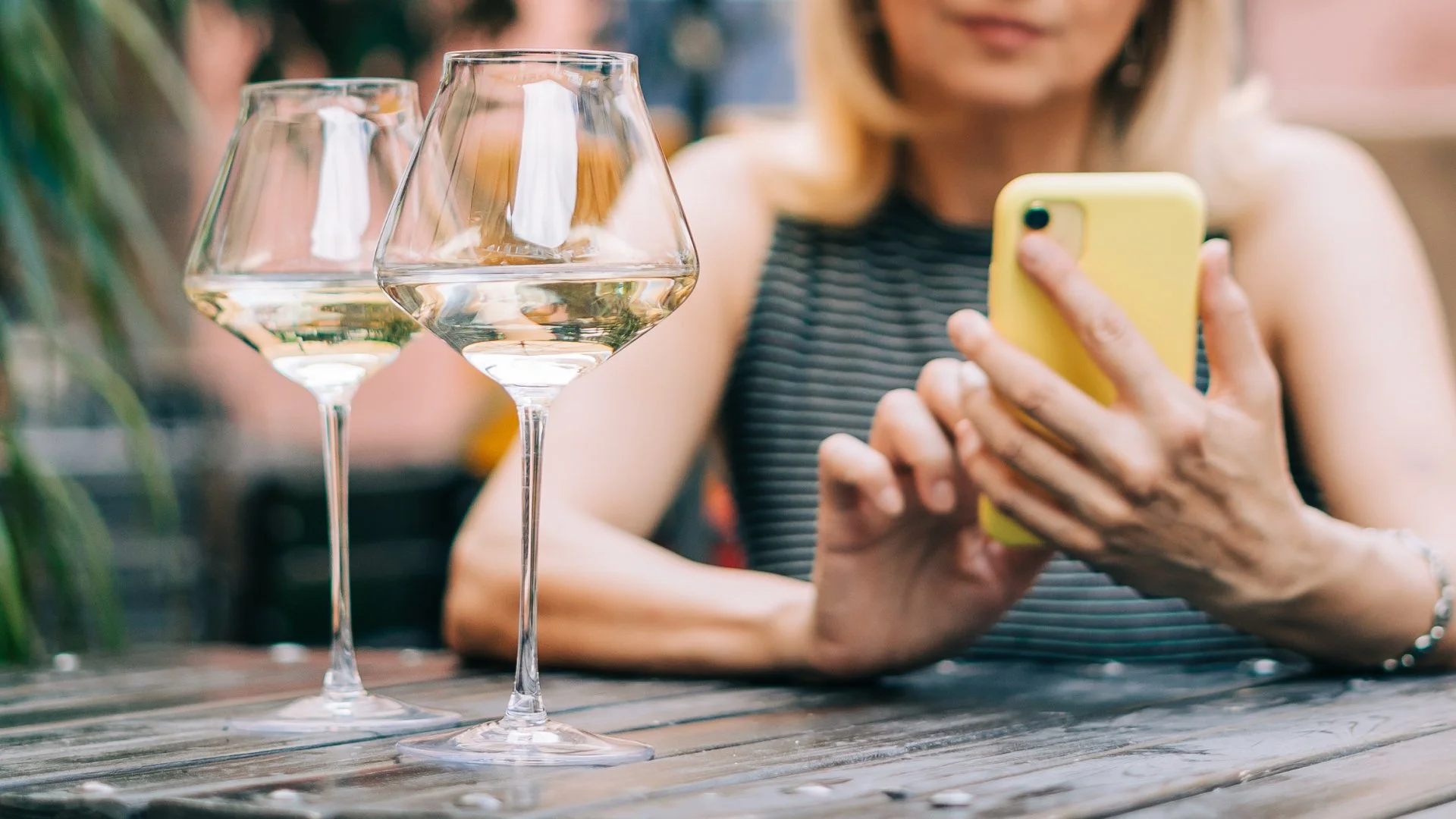From Tasting Room to Text Message: Why SMS Marketing Is the New Pour
Your Customers Check Texts Faster Than Emails, So Why Are You Still Only Relying on Inboxes?
The typical American checks their phone 96 times a day, that's once every 10 minutes.
While your carefully crafted email campaign sits unopened among dozens of others, text messages get read within minutes. The numbers don't lie: SMS messages have a 98% open rate compared to email's paltry 20-30%. Even more telling, 90% of text messages are read within the first three minutes of delivery.
For wineries competing for attention in crowded digital spaces, this isn't just a nice-to-have channel, it's the most direct line to your customer's attention.
Why SMS Works Specifically for Wine Brands
Wine isn't software or fashion, it's experiential, emotional, and often enjoyed in specific moments. This unique position makes SMS particularly effective for wineries in ways other industries can't match.
First, wine consumers are increasingly mobile-first. When planning weekend tasting room visits, researching bottles, or browsing club memberships, they're doing it on phones, not desktops.
Second, wine purchase decisions often happen in transitional moments, while traveling to wine country, discussing dinner plans, or reading a recommendation from a friend. SMS reaches people precisely in these decision windows.
Third, direct-to-consumer wine sales require both speed and intimacy. A text message delivers both: immediate notification with a personal touch that feels like a recommendation from a friend rather than a mass marketing message.
The immediacy of SMS makes it the perfect complement to the sensory experience of wine itself—direct, personal, and consumed in the moment.
When Wineries Should Use SMS (And When They Shouldn't)
Text messaging isn't appropriate for every wine marketing scenario. The key is understanding where it creates the most value without becoming intrusive.
High-Value SMS Opportunities:
Reservation Confirmations & Reminders: Texts sent 24 hours before a tasting room reservation reduce no-shows by up to 40%.
Limited Releases & Allocations: When your library release has only 50 cases available, SMS ensures your announcement isn't buried in an inbox.
Shipping Updates: "Your fall shipment was delivered today" is information members actually want immediately.
Event Invitations: Harvest parties, pickup weekends, and winemaker dinners benefit from the urgency SMS creates.
Abandoned Cart Recovery: Text messages sent within 60 minutes of cart abandonment show recovery rates 3-5x higher than email.
When to Skip SMS:
General Brand Awareness: Save these messages for email and social media.
Educational Content: Longer-form content belongs in blogs or emails.
Regular Promotions: Unless truly limited or time-sensitive, these risk creating SMS fatigue (and it is very hard to recover from this).
The rule of thumb: If the message is time-sensitive, limited, or requires immediate action, SMS is good. If it's informational or general marketing, stick with email.
The Anatomy of High-Converting Wine SMS Flows
The most effective SMS strategies don't rely on isolated text messages but rather on carefully constructed sequences that guide customers through specific journeys. Here are three real-world flows that drive measurable results:
Flow 1: Post-Tasting Follow-Up Sequence
When a visitor leaves your tasting room having opted into SMS, this flow keeps the relationship warm:
Day of Visit (4 hours after departure): "Thanks for visiting [Winery] today! Here's a link to purchase the [Specific Wine] you enjoyed: [link]. Reply with questions!"
Day 3: "Still thinking about that [Wine]? Enjoy free shipping on 2+ bottles until Friday with code VISITED."
Day 10 (If No Purchase): "Hi [Name]! Our winemaker just released tasting notes for the [Wine] you tried. Take a look: [Link]"
Day 14: "Last chance for your visitor-exclusive offer! Your free shipping code VISITED expires tonight."
Flow 2: Wine Club Retention Sequence
For existing wine club members, this sequence helps prevent cancellations by creating engagement between shipments:
Mid-Cycle Check-In: "Hi [Name]! How did you enjoy the [Specific Wine] from your spring shipment? Reply with your thoughts, and our winemaker might feature your feedback!"
Early Access Notification: "Club members only: You have 48-hour early access to our new [Wine] release before it's announced. [Link]"
Pre-Shipment Alert: "Your fall wine club shipment is being prepared! Any changes needed? Reply YES and we'll contact you."
Loyalty Milestone: "Happy 1-year club anniversary, [Name]! We've added a complimentary bottle to your next shipment to celebrate."
Flow 3: Abandoned Cart Recovery
When someone adds wine to their cart but leaves without purchasing:
1 Hour After Abandonment: "Your cart at [Winery] is waiting! That [Wine] is one of our favorites too. Complete your purchase: [Link]"
24 Hours Later (If Still No Purchase): "[Name], only 24 bottles of [Wine] remain. We've saved yours for now: [Link]"
48 Hours Later (Final Attempt): "Final notice: We've added free shipping to your cart. Complete your purchase within 2 hours: [Link]"
Discover how to leverage CRM data to make these SMS flows even more personalized and effective
SMS Compliance: Don't Pour Yourself Legal Trouble
The regulatory landscape for SMS marketing is strict, and violations can be costly. Here's what wineries need to know:
Explicit Opt-In Required: Unlike email, where pre-checked boxes might work, SMS requires clear, affirmative consent. Never add phone numbers from your POS system without specific text marketing consent.
Identification in Every Message: Each text must clearly identify your winery.
Easy Opt-Out Instructions: Every message should include how to unsubscribe (typically "Reply STOP").
Quiet Hours Compliance: No messages before 8am or after 9pm in the recipient's time zone.
Alcohol-Specific Regulations: Include age verification in your opt-in process and first message.
The penalties for non-compliance can range from $500 to $1,500 per text message. One rogue campaign to an unauthorized list could easily generate six-figure liabilities.
Where and How to Collect SMS Opt-Ins
The best SMS list is one built intentionally through transparent opt-ins. Here are the highest-converting opt-in opportunities:
Tasting Room Checkout: "Text YES to 55555 to receive a complimentary shipping code on your next order."
Wine Club Signup: Add a clear checkbox for SMS updates during the enrollment process.
QR Codes on Tasting Menus: "Scan to receive tasting notes and special offers."
Website Pop-ups: Offer an immediate discount for SMS subscription.
Event Registration: Include an SMS opt-in during event signup.
The most effective approach combines an immediate value proposition with transparency about message frequency. For example: "Get early access to limited releases (max 2 msgs/month) by texting JOIN to 55555."
Choosing the Right SMS Platform for Your Winery
The SMS platform landscape has evolved dramatically, with several options now offering wine-specific features:
Postscript: Integrates seamlessly with Shopify, making it ideal for wineries using Shopify for e-commerce. Its segmentation capabilities allow for highly targeted campaigns based on purchase history.
Klaviyo SMS: For wineries already using Klaviyo for email, their SMS addition provides unified customer journeys across both channels. Strong analytics and automatic suppression across channels prevent over-messaging.
Attentive: The enterprise choice with the most robust compliance features and sophisticated triggering options. Best for larger wineries with 10,000+ contacts.
When selecting a platform, prioritize:
Integration with your existing e-commerce platform (WineDirect, Commerce7, etc.)
Compliance management features
Automation capabilities
Two-way conversation management
Measuring Success: Beyond Open Rates
The metrics that matter for wine SMS marketing go beyond simple open rates:
Click-Through Rate (CTR): Benchmark: 15-25% (compared to 2-5% for email)
Conversion Rate: Benchmark: 8-12% for promotional offers
List Growth Rate: Healthy growth: 3-5% month-over-month
Unsubscribe Rate: Warning threshold: Above 3% per campaign
The most sophisticated wineries are now measuring SMS influence on lifetime value. Early data suggests that club members who engage via both email and SMS have higher annual spend than email-only members.
Getting Started: Your First 30 Days of Winery SMS Marketing
Don't try to build Rome in a day. Here's a measured approach to launching SMS marketing for your winery:
Week 1: Setup & Compliance
Select your SMS platform
Develop compliant opt-in language
Create initial opt-in incentive
Week 2: List Building
Implement opt-in opportunities at checkout
Add SMS signup to your website
Train tasting room staff on opt-in collection
Week 3: First Campaign
Send welcome message to initial subscribers
Create your first limited offer
Test different sending times
Week 4: Analyze & Optimize
Review performance metrics
Adjust message timing based on response rates
Plan your first automated flow
For most wineries, a realistic goal is 500 subscribers and one automated flow within the first 30 days.
The Future of Wine SMS Marketing: What's Next
The SMS marketing landscape is evolving rapidly, with several emerging trends particularly relevant to wineries:
MMS (Multimedia Messaging): Images of new releases, vineyards, and harvest are driving 20-30% higher engagement than text-only messages.
Conversational Commerce: Two-way texting that allows customers to ask questions about wines before purchasing shows conversion rates up to 3x higher than one-way broadcasts.
SMS-Triggered Experiences: Location-based texts that activate when members arrive at the winery, offering personalized tasting experiences.
AI-Driven Response Systems: Automated but natural-sounding replies to common questions about shipping, wine details, or club benefits.
The wineries seeing the greatest success are those treating SMS not just as another broadcast channel but as a conversation starter—a digital extension of the intimate, personalized experience that makes wine country special.
The Truth About SMS Marketing
Many wineries resist SMS marketing because it feels intrusive or they fear it will cheapen their brand. The data tells a different story.
In blind studies, luxury wine consumers rated text message communications from premium wineries as "more personal" and "more exclusive" than identical information delivered via email. The intimacy of the medium, when used respectfully, actually enhances premium positioning rather than diminishing it.
The real risk isn't in adopting SMS too quickly, it's in waiting too long. Early adopters are already building valuable, engaged audiences that later entrants will struggle to match.
Text messaging isn't replacing your beautiful emails or award-winning tasting room. It's amplifying them, ensuring that the experiences you've carefully crafted reach your customers in moments when they're ready to engage.
The question isn't whether SMS belongs in your marketing mix. It's how quickly you can implement it before your competitors do.



